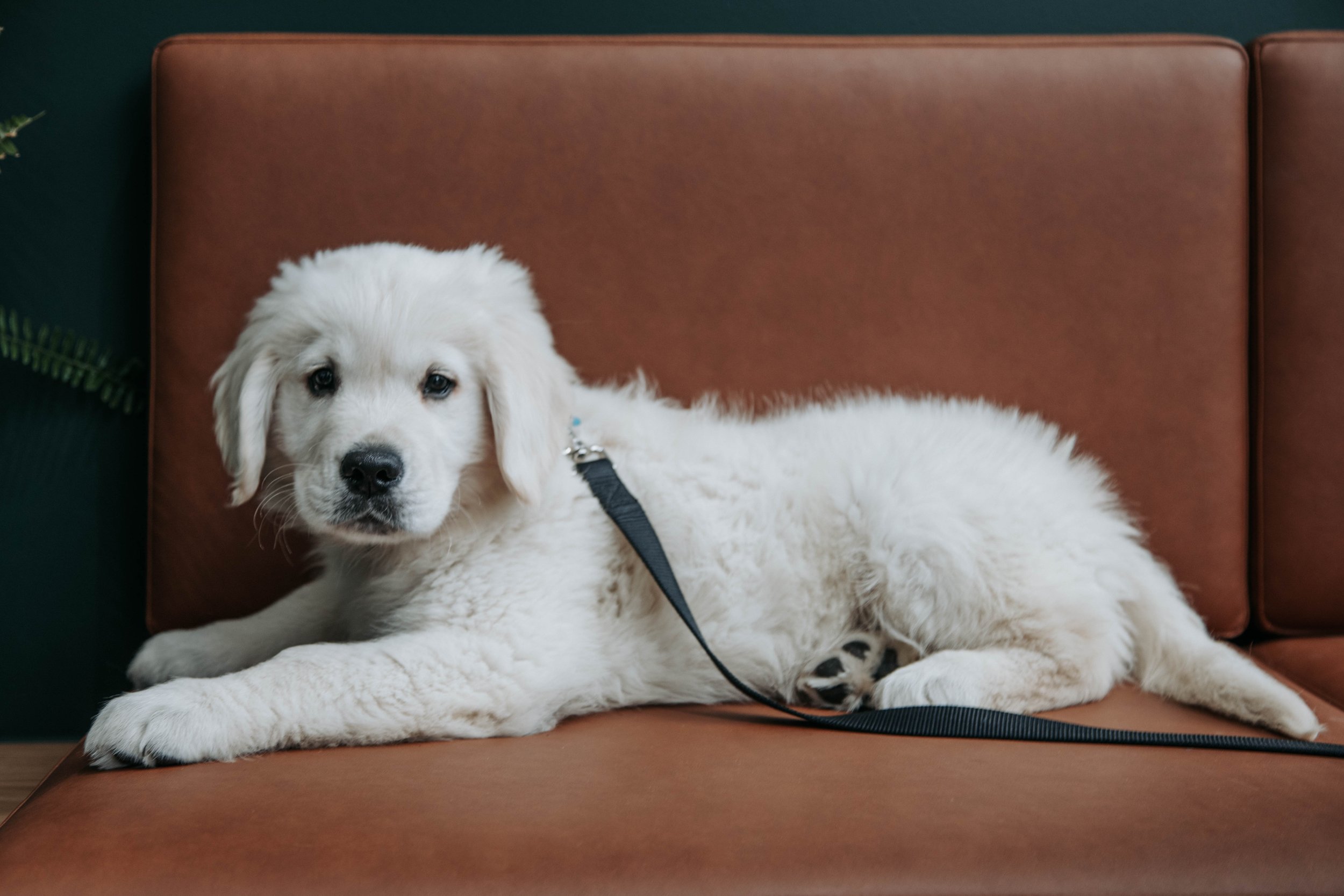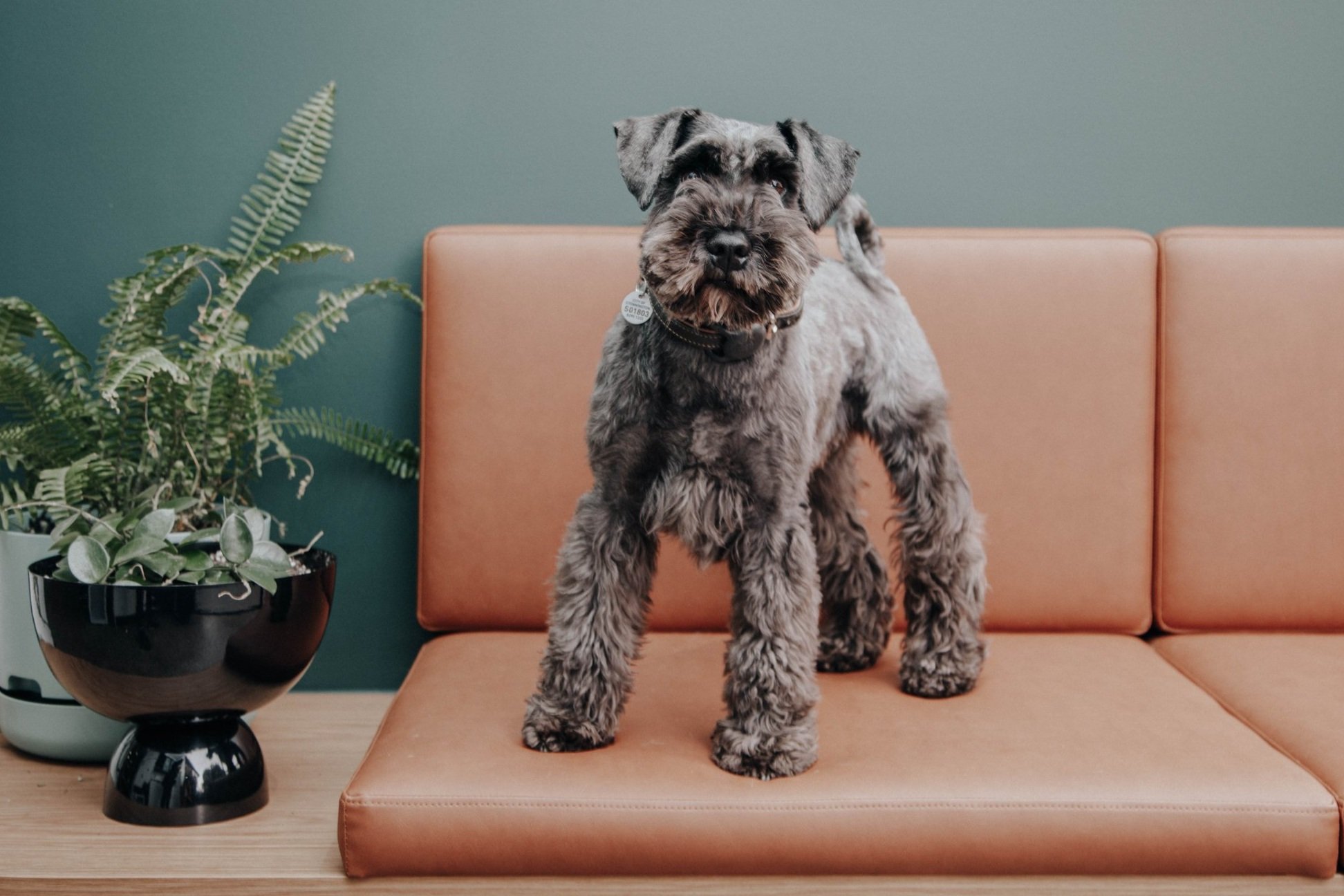
Pet Endoscopy For Cats & Dogs
Pet endoscopy is a minimally invasive procedure used to examine the internal organs and structures of cats and dogs, particularly the gastrointestinal tract.
This technique involves inserting a flexible tube with a camera and light into the pet's body, allowing our veterinarians to visually inspect, diagnose, and sometimes treat conditions without the need for major surgery.
Endoscopy is commonly used to retrieve foreign objects. It can also be used to investigate symptoms such as chronic vomiting, diarrhoea, or unexplained weight loss.
Several of our general practice veterinarians perform endoscopy. In some cases, we may recommend that your pet is best cared for by an internal medicine specialist.
When would a pet endoscopy be requested?
Persistent gastrointestinal symptoms
To diagnose underlying issues associated with vomiting, diarrhoea, or unexplained weight loss.
Foreign bodies
To locate and retrieve a foreign object from the gastrointestinal tract without invasive surgery.
Biopsy
To take samples for suspected conditions like cancer, inflammatory disease, or chronic infections.
What’s involved in a pet endoscopy?
Anaesthesia
Your pet will be placed under general anaesthesia to ensure they remain still and comfortable throughout the procedure. This involves an injection and intubation to manage their airway.
1
Insertion of the endoscope
A flexible tube with a camera and light, called an endoscope, is carefully inserted into the area of interest. For gastrointestinal issues, the endoscope is usually passed through the mouth into the oesophagus, stomach, and intestines, or it may be inserted through the rectum.
2
Examination and sample collection
Our veterinarian uses the camera to visually inspect the internal organs and structures in real time, looking for abnormalities such as inflammation, ulcers, or tumours. If needed, small tools can be passed through the endoscope to collect tissue samples (biopsies) or remove foreign objects.
3
Recovery
Once the examination is complete, the endoscope is gently removed, and your pet is monitored as they wake up from anaesthesia. Recovery is usually quick, and most pets can go home the same day.
4
Results and follow-up
Our veterinarian will discuss the findings with you, including any abnormalities observed and the results of any biopsies or samples taken. They will also provide recommendations for further treatment or diagnostic steps based on the endoscopy results.
5
What is the recovery for an endoscopy?
After an endoscopy, pets generally recover relatively quickly, often within a few hours to a day.
They are monitored closely as they wake up from anaesthesia to ensure they are comfortable and stable.
Common side effects include:
Mild sedation
Brief period of reduced appetite
Mild nausea or diarrhoea
Our veterinarian team will provide specific aftercare instructions, including dietary recommendations and any signs to watch for, to help ensure a smooth recovery.
Costs for treatment
The cost of a pet endoscopy can vary based on the procedure's complexity and the type of endoscopy.
You can expect to pay between $3,000 and $4,000 for a pet endoscopy.
For a more precise estimate, please get in touch.
Contact us for more information on our endoscopy services.
Endoscopy is a valuable tool for diagnosing and treating internal issues in dogs and cats. Our veterinary team is here to provide expert care and detailed insights, ensuring your pet receives precise treatment for improved health and comfort.










